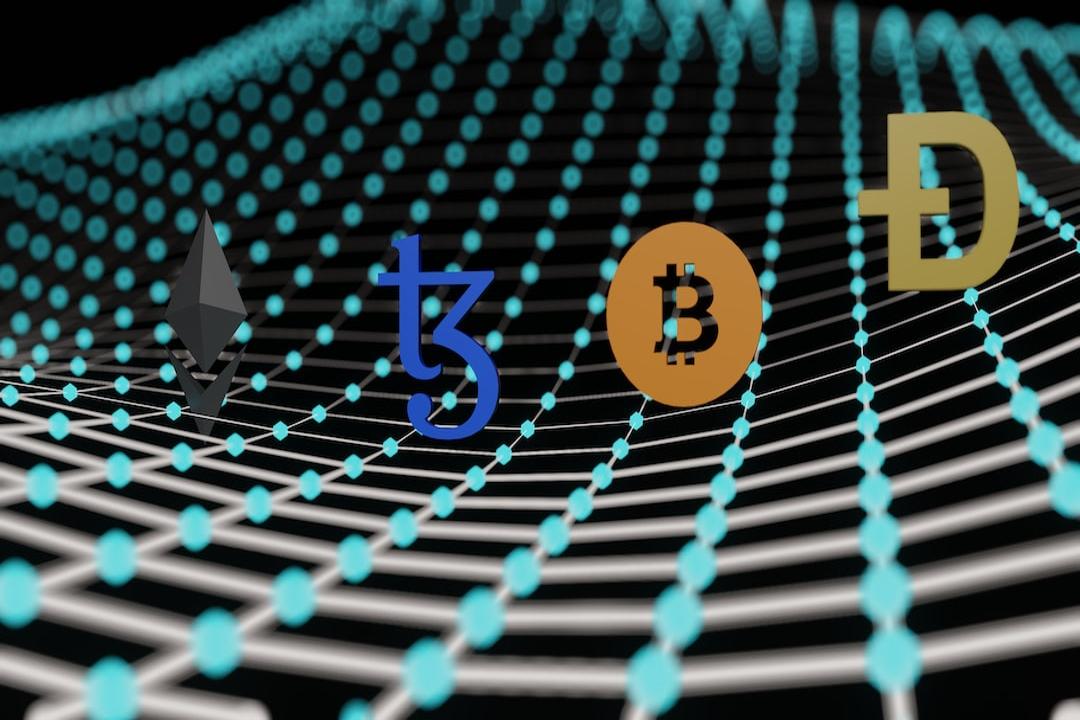Etheruem’s (ETH) price has been lagging behind Bitcoin’s gains in 2024, but analysts from Glassnode believe that there may be brighter days ahead.
According to data from Cointelegraph Markets Pro and TradingView, Ethereum has been underperforming Bitcoin over the past two years, resulting in a weaker ETH/BTC ratio. The ratio reached a low of $0.04622 on May 1, the lowest since April 2021.
Glassnode states that Ethereum’s underperformance relative to Bitcoin is due to a “measurable lag in speculative interest” from the Short-Term Holder (STH) cohort. The STH cohort consists of investors who acquired their coins within the last 155 days and are seen as a proxy for new investor demand.
Glassnode analysts explain that Bitcoin experienced a noticeable increase in speculative activity from the STHs leading up to its all-time highs in March. However, this increase has not been reflected in Ethereum, which has yet to surpass its previous all-time high. Glassnode’s on-chain data shows that Bitcoin’s STH-Realized Cap is nearly at the same level as the peak of the last bull run, while Ethereum’s STH-Realized Cap is still less than half of the previous cycle levels.
Historically, Ethereum’s price performance has been closely correlated with Bitcoin’s price movements, and the recent price action reflects this relationship. After Bitcoin’s fourth halving, it experienced a sell-off and dropped 11% to a two-month low of $56,500 on May 1. Since then, Bitcoin’s price has recovered and has been consolidating within the $62,700 and $65,550 price range over the past two days. Similarly, Ether experienced a similar correction after the halving with a 6% drop, marking its worst post-halving performance ever.
Glassnode notes that Bitcoin’s price fell by 20.3% from its all-time high, which is the deepest correction on a closing basis since the lows in November 2022. Using the Net Unrealized Profit/Loss (NUPL) metric, Glassnode found that both Ether and Bitcoin still have a relatively low Realized Cap associated with Long-Term Holders (LTHs), suggesting that the market is still in the early stages of a macro uptrend.
Glassnode previously established that capital inflows into Ethereum tend to lag behind those into Bitcoin. During the 2021 cycle, the peak influx of new capital into Bitcoin occurred 20 days before the peak influx into Ethereum. Glassnode analysts found that the ETH STH Realized Cap is yet to gain momentum in the current cycle when monitoring the rotation of capital between the two assets using a 30-day change in the Realized Cap.
In conclusion, Glassnode suggests that while the post-halving market action has followed a similar pattern to previous cycles, several data points indicate that Ethereum has underperformed compared to Bitcoin. This article does not provide investment advice, and readers should conduct their own research before making any investment or trading decisions.

